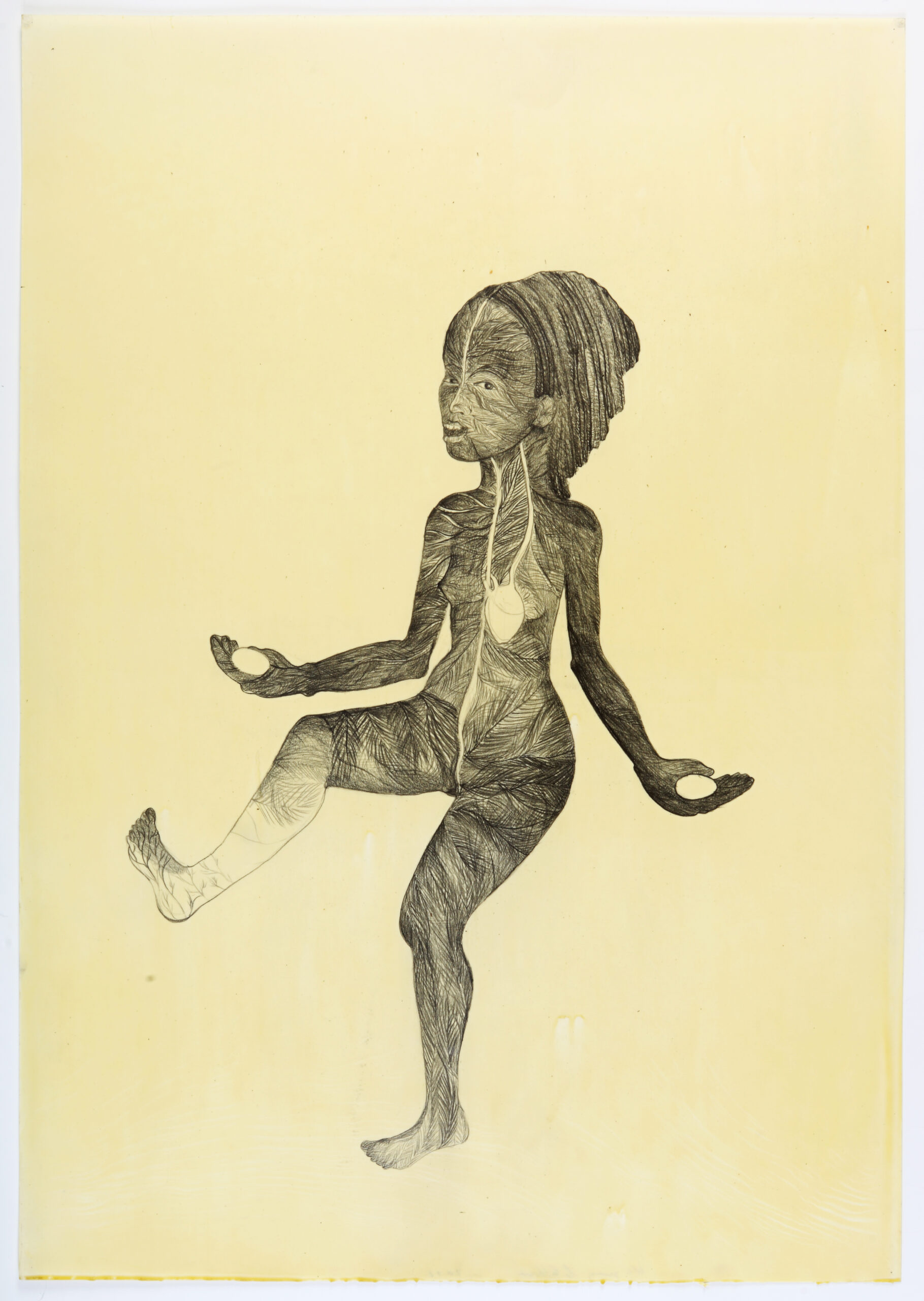“For me, art is the place where sensuality and intellect come together.
To find, share and celebrate this place again and anew is the guiding principle of in.art.”
Contemporary
Art
More about
the artist:
Sandra Vásquez de la Horra, Mystery Enveloped World
Which art form hits the heart directly? Actually, the music, they say. Anyone who has heard Franz Schubert’s “Death and the Girl” or Rimsky-Korsakov’s “Scheherazade” can only agree. However, the same happened to me – and to many others – when I first saw works by Sandra Vásquez de la Horra. It was in a museum exhibition, not in a concert hall. De la Horra’s drawings show a seismographic emotionality that irritates and fascinates, not to say disturbs and hypnotizes. For days I was still haunted by its simplicity, its power and sustainability, like waves of music. It is no coincidence that the artist received the highly endowed Hans Theo Richter Prize of the Saxon Academy of Arts in Dresden on 10 September 2021. “Born in Chile in 1967 and now living in Berlin, the artist is one of the most remarkable contemporary draftspersons,” the jury wrote.
From October 2021 to January 2022, Fondation Beyeler in Basel, Switzerland will be showing “los desastres de la guerra” as part of a Goya exhibition. A timeless and at the same time disturbing indictment of war, torture, persecution, rape and crimes against humanity. Goya’s cycle hits us similarly hard and directly.
Francisco de Goya and Sandra Vásquez de la Horra were each born into a time when their countries were marked by torture and persecution, for de la Horra it is the Pinochet regime of the 70s. And both have understood: You can’t be part of contemporary history and look the other way. Her drawings and etchings are direct witnesses of human barbering on the one hand and human helplessness and mourning on the other.
But, born in Chile as a woman of mestiza origins, Vásquez de la Horra’s artistic heritage combines other important elements. On the one hand, the culture of the Indians, handed down through myths, fairy tales, shamanic rites and special pictorial forms. On the other hand, those deep traces of Spanish colonial history and Christianization in Central and South America. Last but not least, the artist’s works call for a strong self-image as a woman, which arises from a system in which the patriarchal and the matriarchal are in constant conflict. The woman gives birth, protects, communicates and she is hurt, oppressed and tormented. But in the end, she is the strong and dominant constant in life and death. She is the “basso continuo” that carries the natural cycle. De la Horra’s works are multi-layered and smart and first and foremost hit the heart and the stomach.
Sandra Vásquez de la Horra coats the paper on which she works with wax. The soft shimmer of the surface creates a breath of resonance. Her drawing is thoroughly physical. It is the body that thinks, abstracts, constitutes and focuses the transfer of emotion each time into a subjective, or even intimate experience. The drawing is our counterpart, our resonating body and makes us an ally of this authentic and phantasmagoric world. Our skin encounters its skin. And thus encounters an artistic universe that demands the dark and light sides of our consciousness. The drawings are just as simple and beautiful, they own a fascinating aura. The archetypal beings, which the artist conjures up in simple strokes, hatching, modelling with pencil and coloured pencil on paper, also appeal to the collective unconscious. We understand without perhaps knowing correctly. We stand in front of her drawings and houses – paper folded and designated dwellings for her figures – and now become her resonating body. We are like the body of a violin, whose tense strings are played by the artist’s bow. And we listen to the music of our own souls. Directly and mesmerized.


